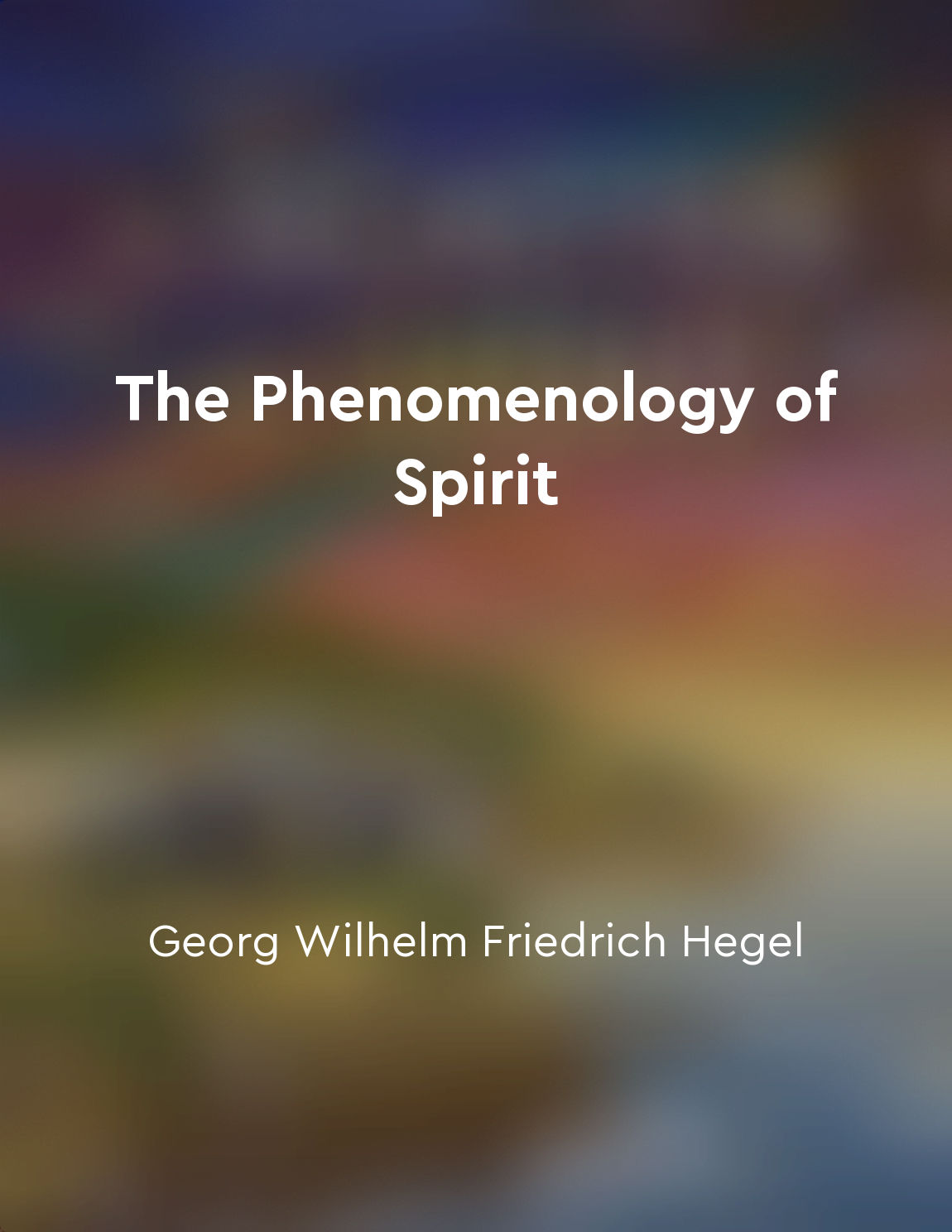Audio available in app
Disorders of consciousness illustrate the complexity of brain mechanisms underlying awareness from "summary" of The Cognitive Neuroscience of Consciousness by Stanislas Dehaene
Disorders of consciousness, such as coma, vegetative state, and minimally conscious state, present profound challenges to understanding the neural correlates of awareness. These conditions highlight the intricate interplay between various brain regions and networks that contribute to conscious experience. Different levels of consciousness can emerge from distinct neural configurations, underscoring the brain's remarkable adaptability and complexity. For instance, the distinction between a vegetative state and a minimally conscious state reveals how subtle variations in brain function can lead to significant differences in awareness. In a vegetative state, patients may exhibit sleep-wake cycles and reflexive responses but lack purposeful behavior or conscious awareness. In contrast, those in a minimally conscious state display intermittent signs of awareness, suggesting that certain neural pathways remain intact and capable of supporting conscious processing. Neuroimaging studies have shown that specific brain networks, such as the default mode network and the frontoparietal network, are crucial for conscious awareness. Activity within these networks can be assessed in patients with disorders of consciousness, providing insights into their potential for recovery. Some individuals may retain residual consciousness that can be detected through advanced imaging techniques, illuminating the possibility of hidden awareness. The study of these disorders underscores the significance of brain connectivity and the integration of information across different regions. The ability to synthesize sensory inputs and internal states is essential for conscious experience. Disruptions in this integration can lead to fragmented awareness, demonstrating that consciousness is not merely a binary state but exists along a continuum influenced by numerous factors, including neural integrity, connectivity, and even the patient's environment. This multifaceted understanding of consciousness emphasizes that the brain's mechanisms are far from straightforward. The exploration of these disorders not only deepens the comprehension of awareness but also raises critical questions about the nature of consciousness itself.Similar Posts
Mental acts are not hidden processes
According to Ryle, mental acts are often mistakenly viewed as hidden processes. This misconception arises from the tendency to ...
Coloring can stimulate creativity and problemsolving skills
Coloring has long been recognized as an activity that can unleash creativity and problem-solving skills. When we pick up a colo...
Setting and working towards goals can stimulate brain growth
Setting and working towards goals can stimulate brain growth. The brain is a dynamic organ that can change and adapt throughout...

Identity in difference
The concept of identity in difference is a fundamental aspect of the dialectical process. It involves the recognition that iden...
Humans possess unique cognitive abilities
One of the most intriguing aspects of human cognition is our ability to think and reason in ways that set us apart from other s...
